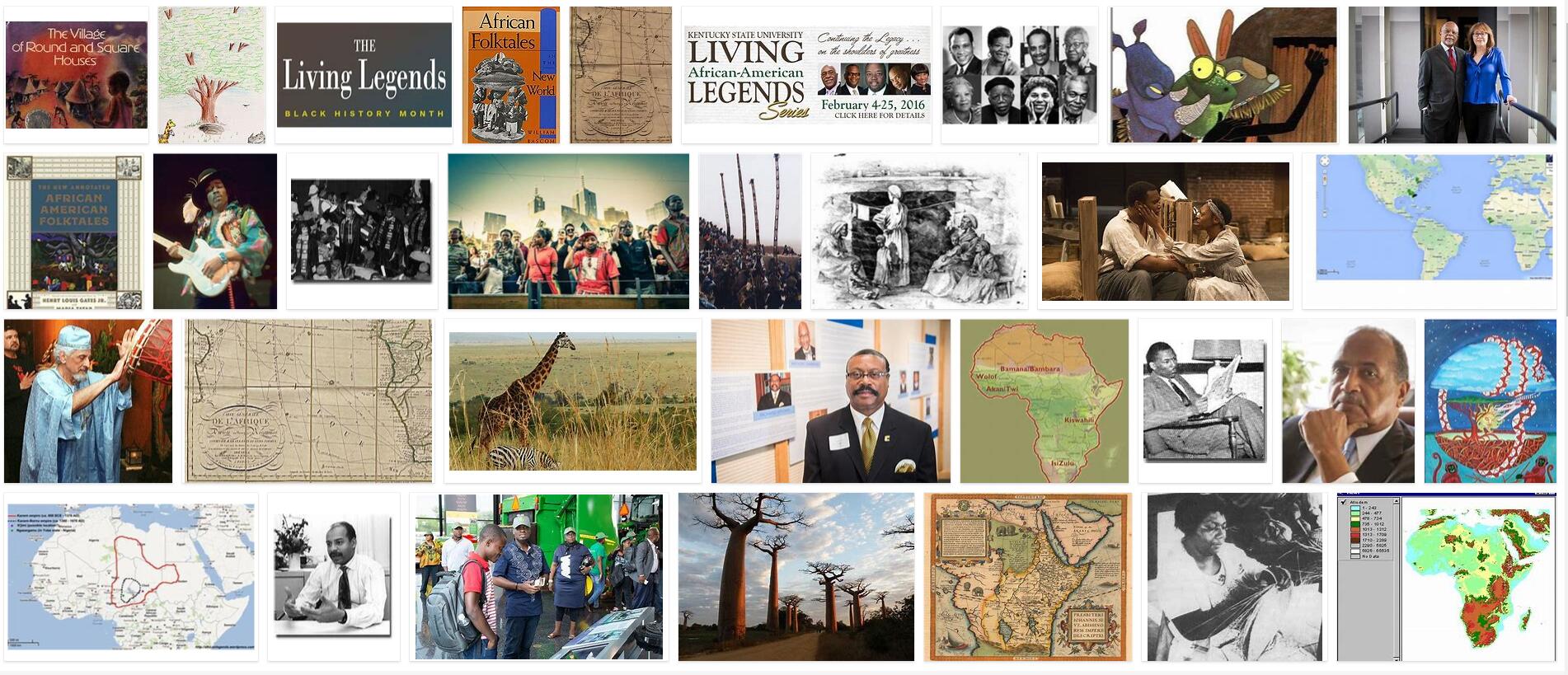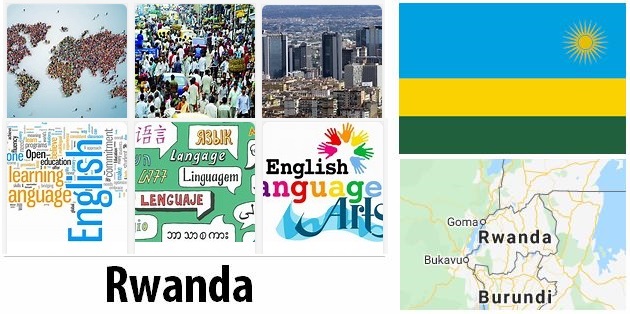Egypt Industry and Trade
ECONOMY: INDUSTRY AND MINERAL RESOURCES
The industry, although it has developed in recent decades, still has rather fragile structures, showing particularly serious shortcomings in the basic sectors; it is also heavily concentrated in the metropolitan area of Cairo. The agri-food sector is the strong point of this sector: there are numerous sugar refineries, milling complexes, pasta factories, oil mills, breweries, canneries, alcohol distilleries. Important, although it uses only imported goods, as cultivation is prohibited in Egypt, is the manufacture of tobaccos. At the time of Nasser, some steel and mechanical complexes were created, represented however essentially by vehicle assembly plants, while a considerable boost was given to the chemical industry, especially fertilizers, but which also produces sulfuric acid, nitric and hydrochloric, caustic soda etc. The textile sector is represented by cotton mills which, in addition to covering national needs, are also able to export part of the goods produced. Wool and silk factories are also active and expanding. Finally, there are cement factories, paper factories, tire and electrical equipment factories (radios, televisions, etc.), as well as of course oil refineries and petrochemical complexes. § Mineral resources are not exceptionally important. Oil was discovered in 1868 and as well as in the Sinai area (whose rich oil fields passed into Israeli hands in 1967, were returned to Egypt in 1976), the fields are located in the Red Sea, in the Western Desert and there are numerous offshore plants in the Gulf of Suez; the latter have been strengthened and made more productive thanks also to the contribution of foreign technology. In addition to oil and natural gas (in strong growth), only phosphates and sea salt abound, to which are added less significant quantities of sulfur, asbestos, manganese and iron ores. The energy produced is for approx. 14% of water origin: production has grown enormously thanks to the grandiose systems of the so-called “high dam” of Aswân. The construction of numerous thermal power stations has been recent: the main ones are in Cairo, Alexandria, Nag’Hammadi, Damanhûr. The use of solar energy is developing.
ECONOMY: TRADE, COMMUNICATIONS AND TOURISM
internal trade is very intense, especially in the delta area of the Nile. The trade balance in heavy deficit until 1973, from that year began to decrease reaching a substantial breakeven in 2001. According to softwareleverage, Egypt exports oil, petroleum products, cotton – raw and processed -, aluminum, steel and chemicals; imports wheat, motor vehicles, machinery for the textile industry and fertilizers. Commercial partners are mainly the United States, followed by Germany, Saudi Arabia and Italy. § The varied distribution of activities in the delta and in the Nile valley is at the origin of conspicuous exchanges, which still today find in river navigation a widely used communication route. The river is flanked by the road and the railway that towards S, with navigation on Lake Nasser, allow connections with Sudan. From this main ridge, the Alexandria-Tanta-Cairo-Aswân, various branches branch off, serving above all the delta and the canal area; some roads reach the Red Sea and the oases of the Western Desert, while a railway line runs along the Mediterranean coast, up to the border with Libya. Alexandria, which is also connected to the Nile by the Mahmudiya canal, is the country’s main outlet to the sea, while Cairo is at the top of all internal communications, as well as a very active international airport. The Egyptian road network developed in 2010 for 137,430 km of which more than 125,000 asphalted. Of course, the Suez Canal is a fundamental communication route, which has been underpassed by a tunnel since 1980 and through which approx. 40 ships per day; it represents an important source of foreign currency together with the remittances of emigrants and tourism, but it suffers from competition with the oil pipelines that connect the Arabian Gulf to the Mediterranean and with supertankers, which necessarily follow the route of the Cape of Good Hope. The doubling of a part of the Suez Canal was inaugurated on 6 August 2015; thanks to the expansion, transit time is reduced and there are no limits to the size of the vessels. This should lead to an increase in the convenience of the passage through Suez also for some Asian routes that currently use the passage through Panama. However, significant investments are made in the communications system, in particular road, in the framework of a territorial integration process that pushes to open borders, especially in the direction of Saudi Arabia, connecting the southern section of the Nile valley to the coasts of the Red Sea. § The tourism sector immediately represented a significant element of the liberal economic policy, due to its evident financial (foreign investment) and social implications. For this reason, in addition to enhancing the most important destinations such as the capital and the archaeological areas of the Nile, an attempt was made to diversify the tourist flows, especially by enhancing the coasts: starting from the end of the 1980s. XX, in fact, specialized centers have been created for mass beach and sports tourism, both along the Red Sea coast (for example Sharm el Sheikh and Hurghada), and along that of the Mediterranean (for example, Marsa Matrûh.



